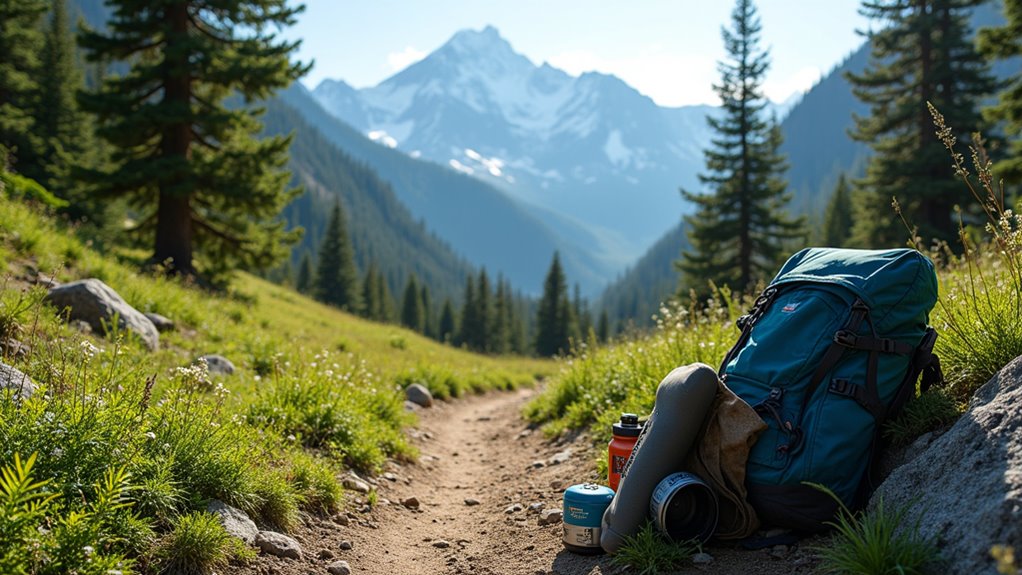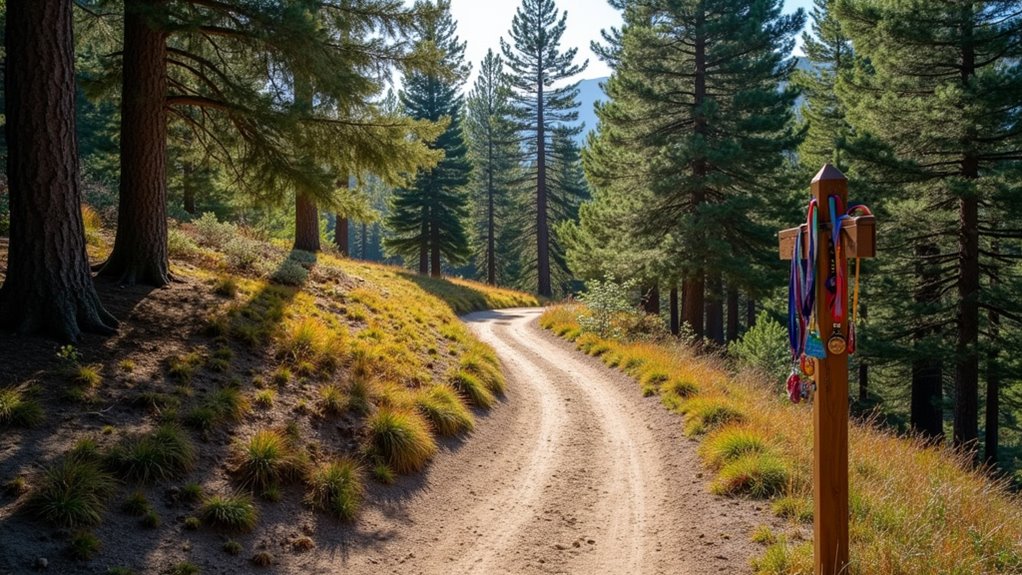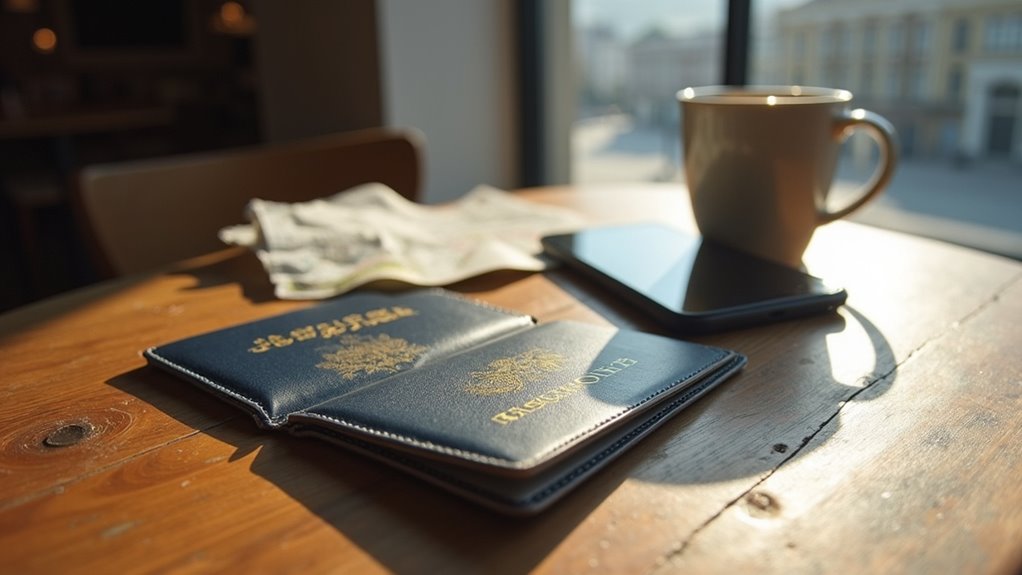To budget for your next backpacking adventure, you’ll typically want to save between $1,000 and $2,000 per month, adjusting based on your chosen region and travel style. Daily costs can range from $35 in Southeast Asia to $60 or more in Western Europe. Factor in expenses for accommodation, food, transportation, and activities, plus a contingency fund for emergencies. Planning early and using cost-saving strategies can help you optimize your budget. Next, you’ll find practical tips to maximize your savings.
Whether you’re planning a short escape or a year-long adventure, determining how much to save for backpacking depends on your destination, travel style, and trip duration. On average, backpacking in Southeast Asia costs about $35 per day per person, while a global trip can reach $62 daily. These figures vary greatly across regions—Asia tends to be more affordable, Europe, especially Western countries, is pricier, and North and South America fluctuate based on location and travel choices. Africa also presents a wide range of costs, depending on the specific country and travel conditions.
Backpacking costs vary by region, with Southeast Asia being budget-friendly and Europe typically pricier—plan savings based on your destination and travel style.
You’ll need to reflect on your budget allocation carefully. Food is often your largest expense, particularly if you eat at restaurants frequently. Transportation, including flights, comes next, and can considerably raise your total, especially if you’re moving between countries rapidly. Accommodation costs depend on your choices, such as hostels or Airbnb, and their location. Activities, tours, and entrance fees add up, especially if you plan a richer travel experience. Always set aside a contingency fund for emergencies or unexpected expenses. In Southeast Asia, monthly budgets for backpackers typically average around $1,000, especially for those sharing accommodations.
Your travel style and speed play a major role. Backpackers who focus on budget lodging and local food often spend less. Traveling slowly allows you to find better deals on accommodation and transportation, while group travel can help you reduce costs through shared expenses. Solo travelers typically spend more per person, lacking those shared savings. Flexibility in itinerary and dates can help you take advantage of off-season prices or local deals. The initial investment for gear ranges from $300 to $1000, so remember to include gear purchases as part of your upfront savings plan.
Short trips might cost more per day since you have less time to find discounts, while longer journeys provide more opportunities to optimize spending, with some backpackers in Southeast Asia living on $1,000 per month. Pre-trip expenses such as purchasing gear or insurance are separate from your daily budget and should be calculated ahead of time. For adventurous travelers willing to embrace alternatives like couchsurfing options, volunteering, or hitchhiking, you can significantly reduce your accommodation and transportation costs.
Early booking, using travel apps, joining group tours, and relying on local connections all help cut costs. Carefully planning your itinerary, accounting for seasonal price shifts, and understanding regional variations are essential steps to guarantee you save enough for a safe, well-prepared backpacking adventure.









